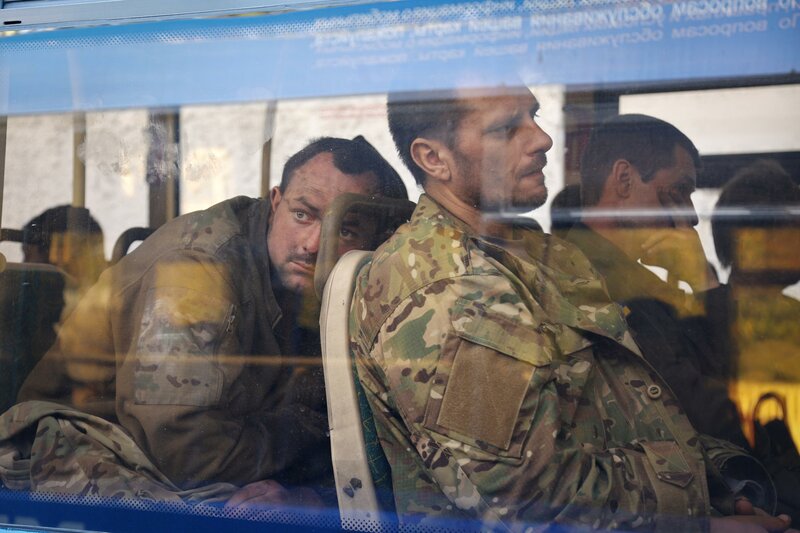Breaking its recent silence on prisoners of war, the Red Cross said Thursday it has registered “hundreds” of Ukrainian prisoners of war who left the giant Azovstal steel plant in the southern city of Mariupol after holding out in a weeks-long standoff with besieging Russian forces.
The announcement by the International Committee of the Red Cross, which acts as a guardian of the Geneva Conventions that aim to limit “the barbarity of war,” came shortly after Russia’s military said 1,730 Ukrainian troops at the steel mill have surrendered.
Attention now is turning to how those prisoners of war might be treated and what rights they have. Here’s a look at some key questions about POWs in Russia’s nearly three-month-old war on Ukraine:
WHO IS A PRISONER OF WAR?
Article 4 of the third Geneva Convention, which focuses on POWs, defines them as any member of armed forces or militias — including organized resistance movements — in a conflict who “who have fallen into the power of the enemy.”



 Russia
Russia Ukraine
Ukraine POW/MIA
POW/MIA


